Choosing between Fatra and Torch on:
Choosing between Fatra flat roof membranes and torch-on felt roofing depends on several factors including performance, longevity, installation safety, environmental impact, and cost-effectiveness. Here’s a detailed comparison highlighting why Fatra flat roof membrane is generally considered a superior product over traditional torch-on felt:
Material Technology & Performance
Fatra Membrane:
Made from PVC (polyvinyl chloride) or TPO, which are high-performance synthetic materials.
Offers high UV resistance, chemical resistance, and dimensional stability.
Typically reinforced with polyester mesh or glass fleece for additional strength.
Torch-On Felt:
Made from bitumen-based materials layered with mineral surfaces.
Bitumen can degrade over time due to UV exposure, leading to cracks and leaks.
Verdict: Fatra membranes are far more durable and resistant to weathering, particularly UV degradation.
Lifespan and Durability
Fatra Membrane:
Typical lifespan of 30–40+ years with minimal maintenance.
Joints are heat-welded, forming a homogeneous and watertight seam.
Torch-On Felt:
Lifespan is typically 10–20 years, depending on maintenance.
Vulnerable to cracking and blistering over time.
Verdict: Fatra offers longer-lasting and more reliable protection.
Installation Safety
Fatra Membrane:
Installed using cold application methods – either mechanically fixed, bonded, or ballasted.
No open flames, reducing fire risks significantly.
Torch-On Felt:
Requires open flame torches for application.
Higher risk of fire hazards, especially near timber structures or insulation.
Verdict: Fatra is far safer to install, particularly in urban or occupied environments.
Maintenance and Repair
Fatra Membrane:
Easy to inspect and repair.
Patches can be heat-welded onto existing membrane seamlessly.
Torch-On Felt:
Repairs can be trickier and often require partial re-roofing.
Prone to moisture ingress if the felt is compromised.
Verdict: Fatra membranes offer easier and more effective maintenance.
Environmental Impact
Fatra Membrane:
Often manufactured with recyclable materials and lower VOC emissions.
Can be installed as part of green roofing systems (e.g., Fatra’s green roof-compatible options).
Torch-On Felt:
Bitumen is a petroleum product and less eco-friendly.
Installation process can produce harmful fumes.
Verdict: Fatra membranes are generally more environmentally friendly.
Aesthetics & Versatility
Fatra Membrane:
Available in various colors and finishes.
Can accommodate complex roof shapes and detailing.
Torch-On Felt:
Limited aesthetic appeal.
More difficult to install neatly around penetrations and upstands.
Verdict: Fatra offers greater design flexibility and cleaner appearance.
Cost Consideration
Fatra Membrane:
Higher upfront cost, but lower lifecycle cost due to longevity and reduced maintenance.
Torch-On Felt:
Cheaper initially, but often results in higher long-term costs due to repairs and shorter lifespan.
Verdict: Fatra is more cost-effective in the long term


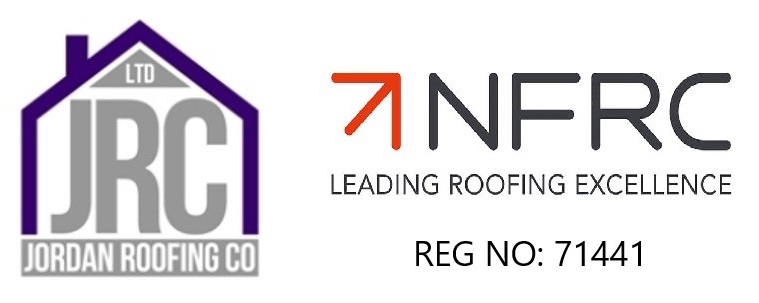
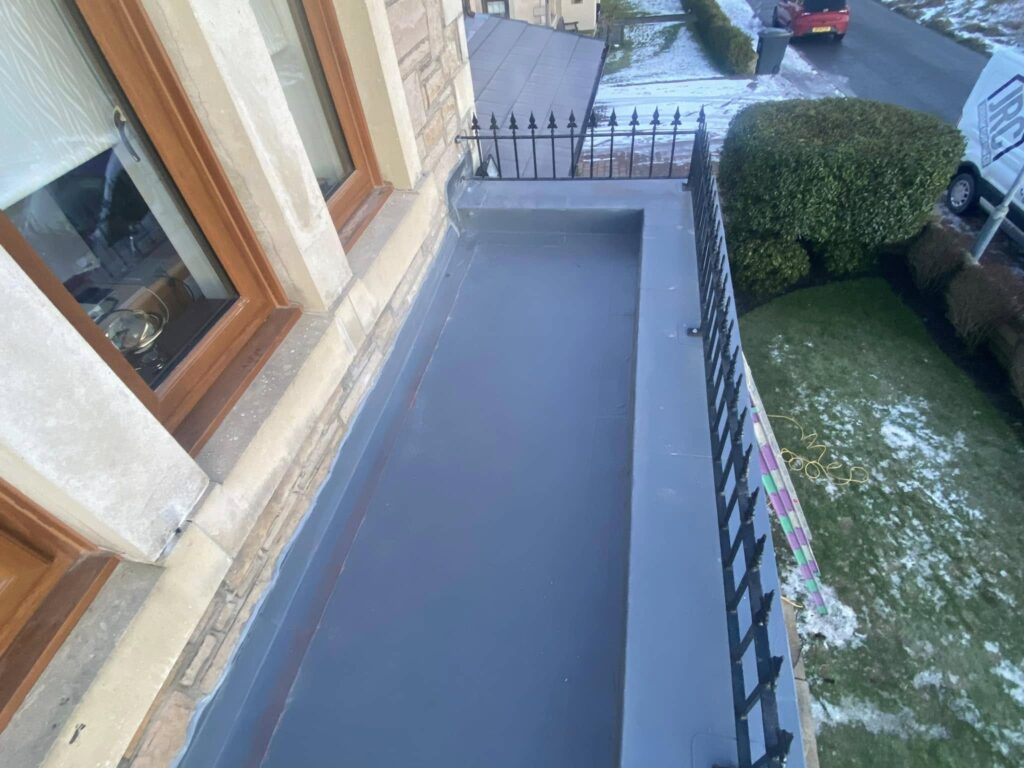
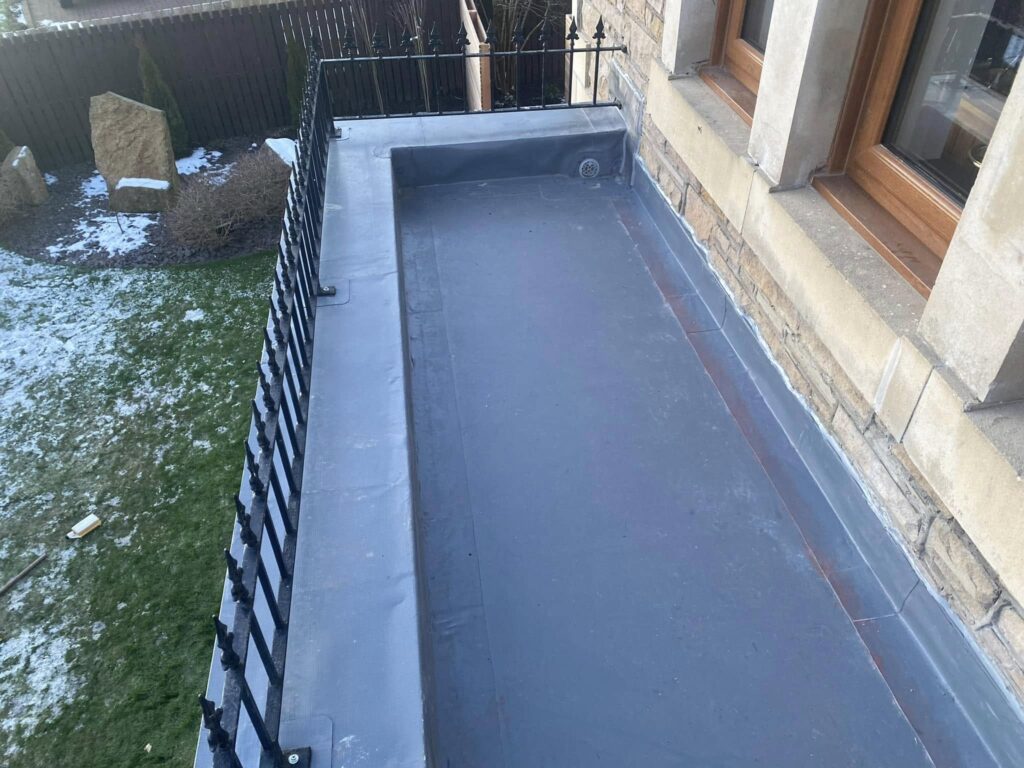
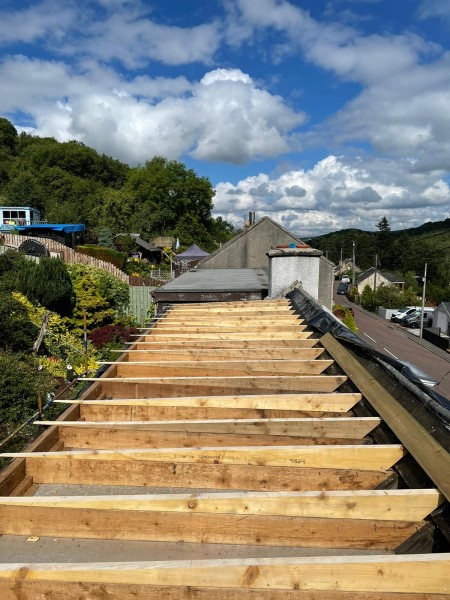
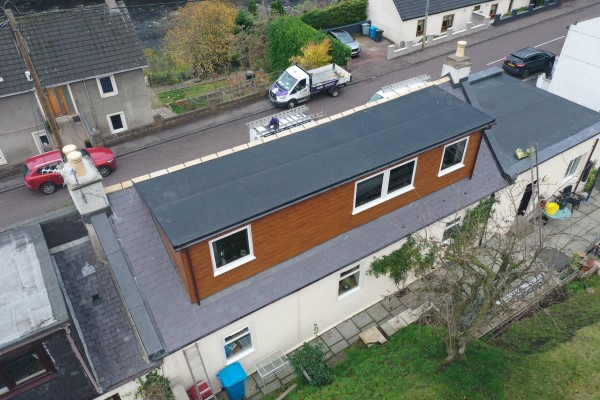
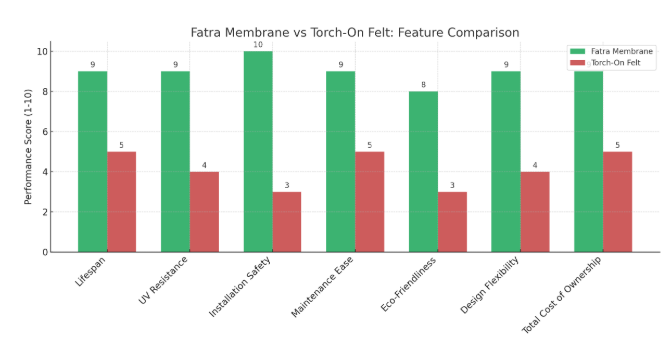
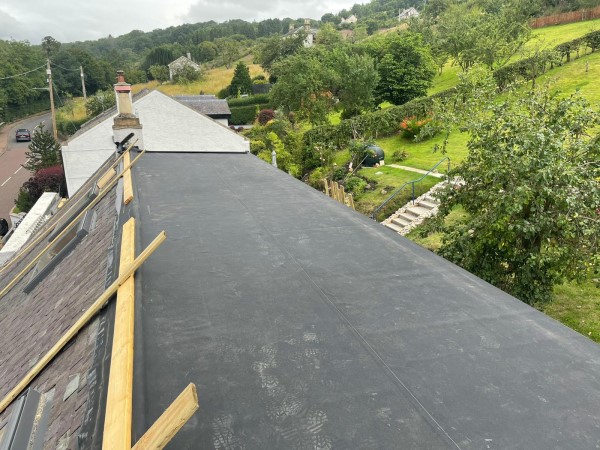
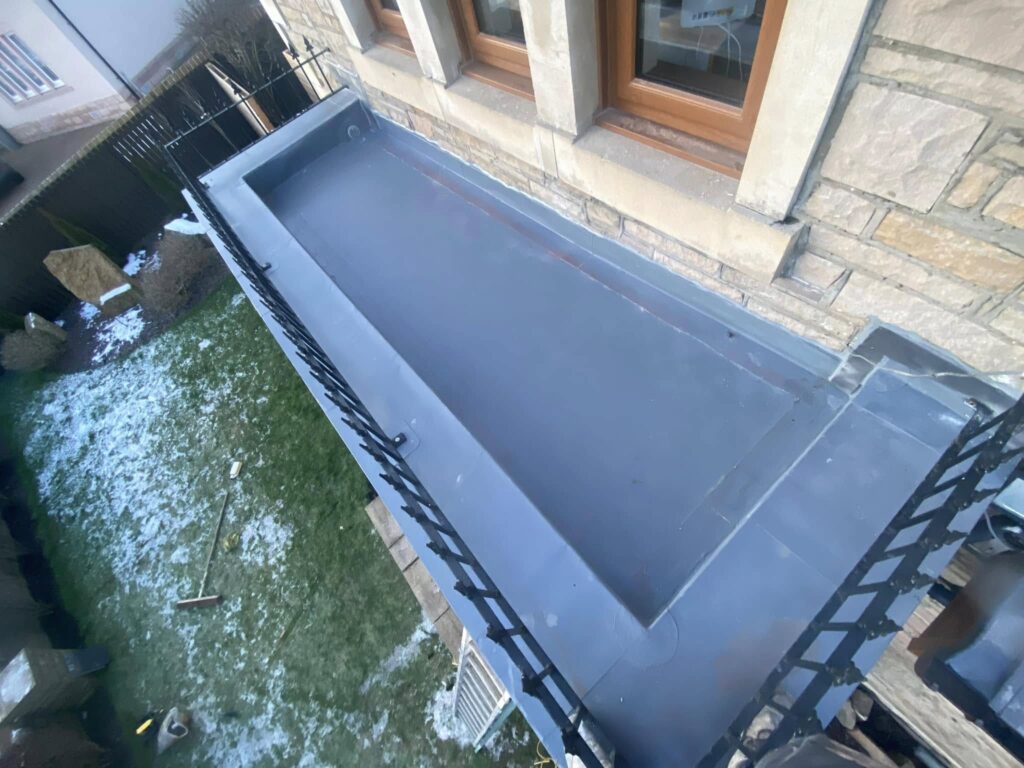
 Conclusion: Why Fatra is Better
Conclusion: Why Fatra is Better